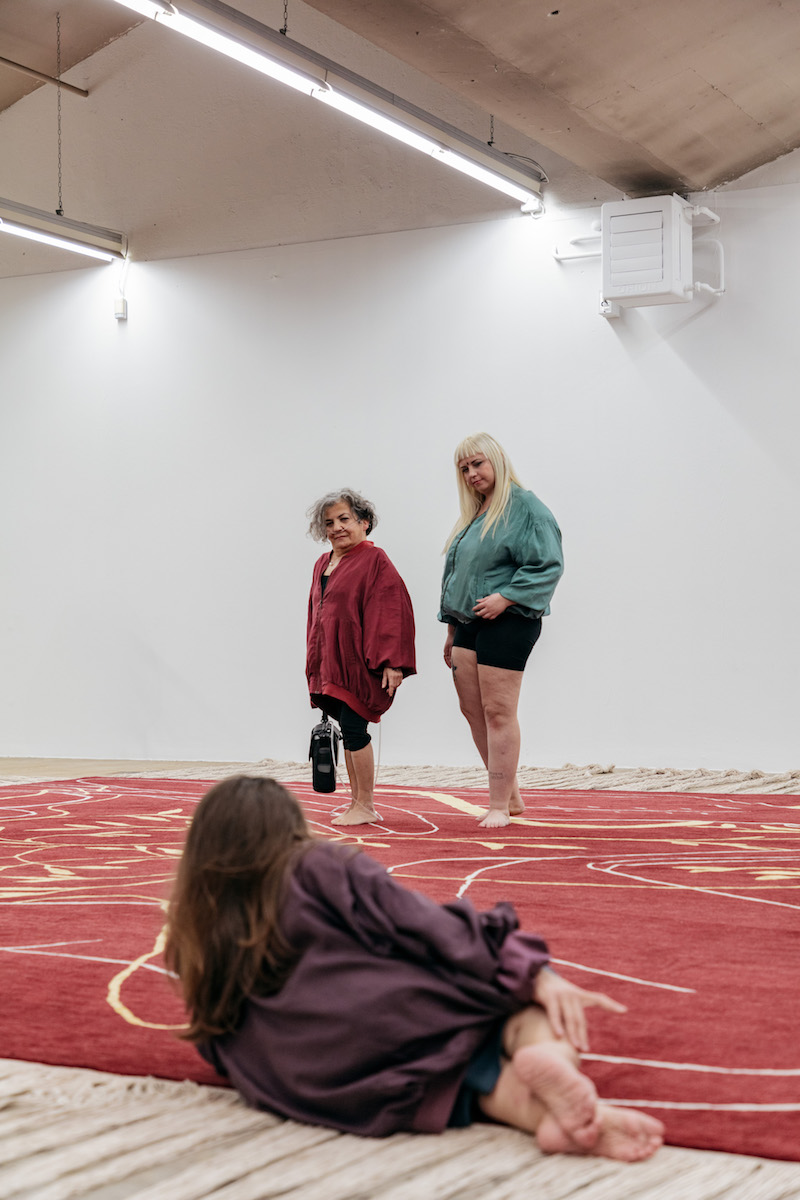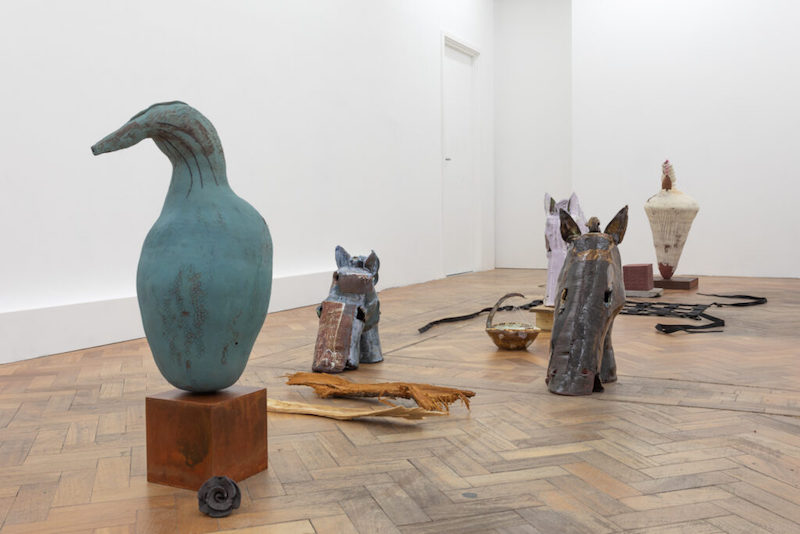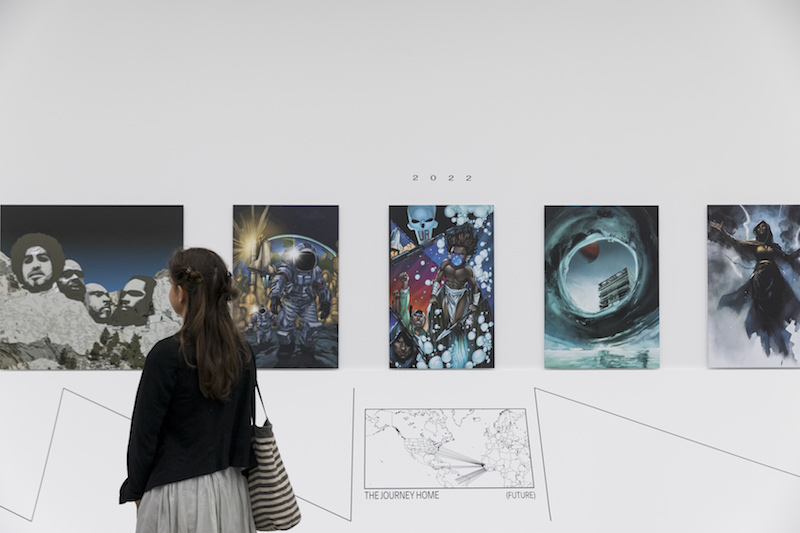by Alison Hugill // Nov. 3, 2023
This article is part of our feature topic Myth.
In a recent book by scholars and performance artists David Burrows and Simon O’Sullivan, entitled ‘Fictioning: The Myth-Functions of Contemporary Art and Philosophy’ (2019), the pair introduce the term “fictioning” as a verb, expanding the meaning of its noun-form. Moving away from fiction as merely a literary genre denoting fabrication or make-believe, the authors suggest that the act of fictioning also encompasses seemingly opposing concepts like “fact” or “reality,” pointing out that these are undeniably human constructions, as well. The typically distinct realms of art and science are problematized by Burrows and O’Sullivan. As one reviewer puts it: “For them, science is as much a form of esoteric sorcery as art is a practical science of the sensory.”
Myth-making is a key component of the ways in which we, as humans, build worlds. Very often, artists, writers and philosophers are seen as being at the forefront of mythologizing practices, while scientists, academics and politicians are viewed as upholding objectivity and factual analysis. Indigenous oral histories have routinely been undermined by being called “myth” or “folklore,” while western historical narratives are revered as canonical. The term “myth” often serves to de-legitimize something by placing it in proximity to a form of purely subjective creation. On the other hand, Greek and Roman mythology is widely acknowledged and upheld as integral to the social and political formations of the contemporary world.
With this new topic, we are looking at the ways in which artists—from Afrofuturists to disability justice advocates—are reclaiming mythology and engaging in new and complex processes of myth-making, world-building and fictioning. These terms are fast becoming curatorial buzz-words, but it seems an appropriate time to ask how they might also apply to the world around us. What stories are we telling ourselves about ourselves? And which stories ascend to the status of historical fact? How might the process of “fictioning”—thinking and projecting outside of worn binaries—aid us in creating the kind of world we want to see?
In our first contribution for the Myth topic, Aoife Donnellan will review Italian artist Chiara Bersani’s live installation ‘Deserters,’ presented at Kunsthaus Baselland. In the show, Bersani uses tapestry—a medium historically employed to capture epic and mythic characters—to depict bodies with disabilities and their relationship to nature, with the aim of creating a missing mythological history of people with disabilities.

Chiara Bersani: ‘Deserters,’ 2023, Kunsthaus Baselland // Photo by Pati Grabowicz
In another piece, contributor Nat Marcus will speak with Phoebe Collings-James, whose recent exhibition at Arcadia Missa in London, ‘bun babylon; a heretics anthology,’ presented a cast of six characters: The Infidel, The Dreamer, The Guardian, The Silo, The Cypher and The Preacher. Drawing on modes of Caribbean colonial resistance, the exhibition foregrounds these dissenting figures in order to re-think the mythology around heretics, commonly considered outsiders and traitors from the perspective of power.

Phoebe Collings-James: ‘bun babylon; a heretics anthology,’ 2023, installation view at Arcadia Missa, London, UK // Courtesy of Arcadia Missa
We’ll also speak with musician DeForrest Brown Jr., whose contribution to the exhibition ‘HOPE’ at Museion in Bolzano is an archive dedicated to the Afrofuturist myth of Drexciya, an underwater metropolis where the unborn children of enslaved pregnant women—violently thrown from ships—lived on in peace, unaware of the land-based world their ancestors left behind. Drawing on Brown’s research into the history of techno for his book ‘Assembling a Black Counter Culture’ (2022), he arranges numerous Detroit techno album covers and paintings by AbuQadim Haqq alongside maps and timelines, simultaneously unfolding a story in sound through his album ‘Techxodus’ (2023) as well as his mixes ‘The Myth of Drexciya’ (2023) and ‘Stereomodernism’ (2020). As the curators put it, the exhibition “marks the first time this previously overlooked artistic form of historiography and world-building is experienced in a museum to this extent.”

AbuQadim Haqq, exhibition view ‘HOPE’ at Museion 2023 // Photo by Luca Guadagnini
Throughout the last months of this year, we’ll publish these examples and many more, which we hope will help to illustrate how artists engage in fictioning (or “myth-sciences,” to use Sun Ra’s beautifully encompassing term) to plant the seeds of alternative thinking and storytelling, untethered to dominant historical and political narratives.




















